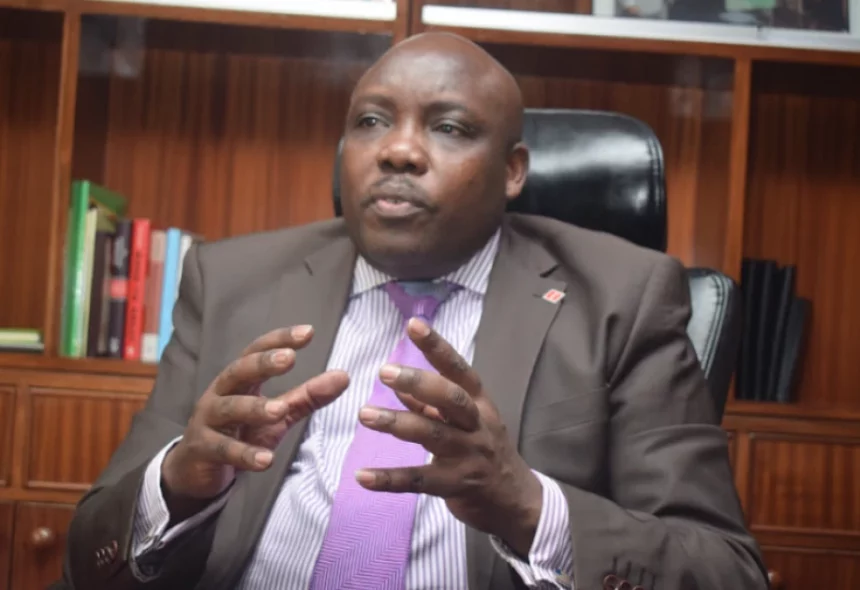Some of the students in public Universities juggle between classwork, doing laundry and other house chores to afford schools fees and upkeep while in campus.
But this is expected to be a thing of the past under the new funding model which will see students, categorised as vulnerable, extremely needy, needy and less needy get financial support from government.
According to Higher education Loans Board (HELB) CEO Charles Ringera funding has been reducing over the years owing to increased number of students joining institutions of higher learning.
Last year, for instance, only 24 per cent of the loan applicants were funded hence the need for an urgent intervention.
“Because the component of upkeep for the students is very low, we had to get an intervention of how to increase that to an average of kSh41000 – Ksh42000 and see whether the students can stop this ‘Mama Osha’ business, some of them even go crime,” said Ringera.
Ringera underscored the need for the new student centred model, saying it will save students from the challenges that they go through for purposes of upkeep.
Universities Fund (UF) Chief Executive Officer Geoffrey Monari also explains that the student will be at the center of the funding model unlike the old one where funds were allocated to an institution.
Monari further assured that all students will get a scholarship and a loan from the Ksh19.6b for the fund and a sum of 34.1b for the continuing students Under the Differentiated cost unit (DUC) in the 2023/24 budget.
The UF boss just believes that the model is timely and should be adopted for effective operations and planning.
“Many students survive in university with one meal a day, many of them are malnourished because they take the ndazi called ngumuu and tea, when diseases come chances are very high you will be hit by a disease,” said Monari
In the model, a vulnerable student will secure a tuition scholarship of 82 per cent and a loan of 18 per cent with an upkeep of Ksh60,000 while the less needy will get a tuition scholarship of 32 per cent, a loan of 58pc and an upkeep of Ksh 45,000 an increase of Ksh 10,000 from the old funding model.



